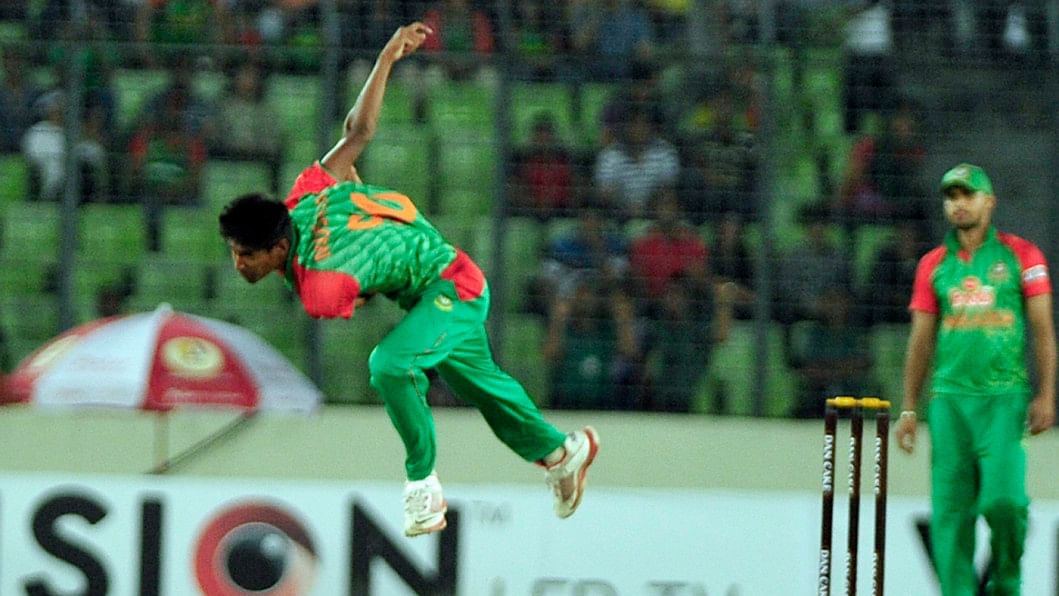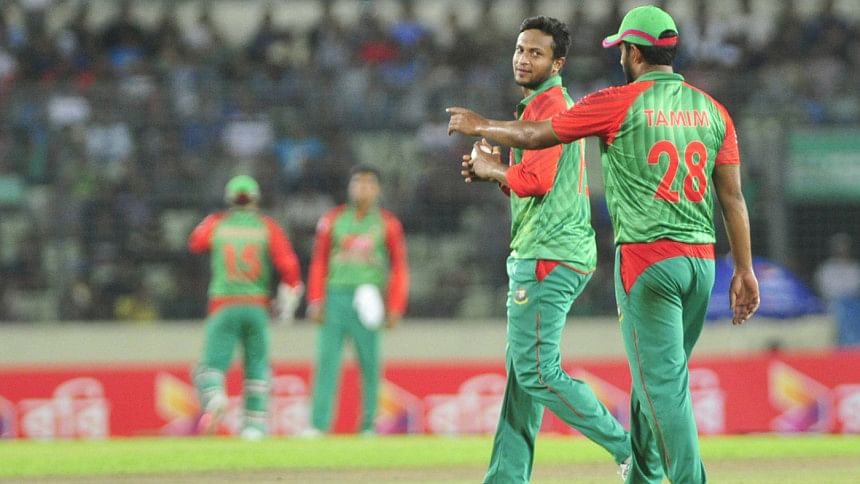How simple is spotting a no-ball?

Spotting a no-ball should be the simpler of the many tasks of an umpire, right? There's a line and either part of the foot lands behind it or it doesn't.
It doesn't have anything to do with assessing trajectory and swing. It's not about gauging how high the ball bounced and where it struck the pad; or whether that sound was bat on ball or bat on ground; or whether the fielder got his fingers underneath the ball.
It's just a line that has either been crossed or not.
But because it is generally considered to be the most minionly of an umpire's many minion tasks, checking no-balls is mistakenly assumed to be an easy job.
So when they go unnoticed, as a fair few did in the Ashes, there is that general bewilderment and slightly forced outraged that humans express when they feel other humans are not doing their job. What are the umpires doing? Have they stopped looking at no-balls?
They haven't. It's just that from side-on, with ultra-motion cameras and endless replays, a no-ball is unmissable. From where umpires are standing, it really isn't.
It isn't restricted to just a few bowlers either. One international umpire reckons there is at least one bowler in every side whose action makes it difficult to spot a no-ball.
A couple of years ago, a spate of Mohammad Irfan transgressions went uncalled in a Test in Abu Dhabi. One umpire believes it is impossible to assess Irfan's landing with certainty. Wasim Akram, a serial no-baller, was, historically, another.
It is more difficult with the more open-chested, front-on bowlers - of which there are many - where the back leg obscures the front.
Those who bowl from closer to the stumps, like Steven Finn, are also problematic. Finn lost a wicket because of a no-ball spotted retrospectively, and in absolving the umpires, admitted: "I know, from a personal point of view, that the umpire can't see my front foot when I land because of the way my hip and back knee rotate through."
There are bowlers whose front foot slides forward after landing. There are others who deliver with the heel raised but behind the line.
To think, one, that they are easy to spot, and two, that umpires have stopped checking on-field is wrong.
Checking the line at delivery and then looking up is a routine built into umpires from whenever they begin umpiring - it is ingrained as much as the technical habits of players are. It does not just stop, even with the safety net of technology.
There was a reaffirmation in an ICC cricket committee meeting in May this year of the protocols of an incorrect on-field no-ball call. In wanting to minimise the effects of an incorrect call, the committee has told on-field umpires to call no-balls only when they are certain no part of the foot has landed behind the line.
That is, umpires would rather not call a no-ball and have it checked, than call one and be proven wrong, because that decision can't be undone.

Would it help if they stood closer to the stumps? Umpires used to stand closer years ago, crouching down to look at the crease before straightening up to look down the pitch.
But like batting, bowling and fielding, umpiring has also evolved, to become as efficient as possible. Umpires began moving back when the aim became to keeping the head as still as possible and aligned to the centre of the pitch.
Instead of moving the head down to look at the crease and then moving it back up quickly, it made more sense to move back and broaden the field of vision. So only the eyes and not the entire head need move down and then up again.
In truth, there is probably not much that can be done to change the situation. In greater truth, it is hardly one of cricket's pressing issues.
Instituting the kind of electronic line-calling system there is in tennis, or football's goal-line technology, would be complex: creases get blurry; there is the movement of the non-striker across the line to consider; what of the heel that is behind the line at delivery but raised?
It would also be expensive. In any case, modern umpiring is a skirmish for space with technology and the ICC does not want to cede more.
From instinct, it feels as if no-balls aren't missed as often in limited-overs games, where a no-ball has greater implications. And it is worth wondering whether umpires, at some subconscious level, operate differently there.
It's as likely that bowlers operate differently as well and are tighter with their run-ups than they might be in Tests.
The ICC is working on ways to speed up the time it takes for a no-ball to be checked. Till then cricket would do well to accept this as collateral for the immeasurable improvements in its broadcast; after all, it's impossible to know whether umpires are missing more no-balls than before but it is definitely the case that they - and we - are able to see more on TV.

 For all latest news, follow The Daily Star's Google News channel.
For all latest news, follow The Daily Star's Google News channel. 



Comments